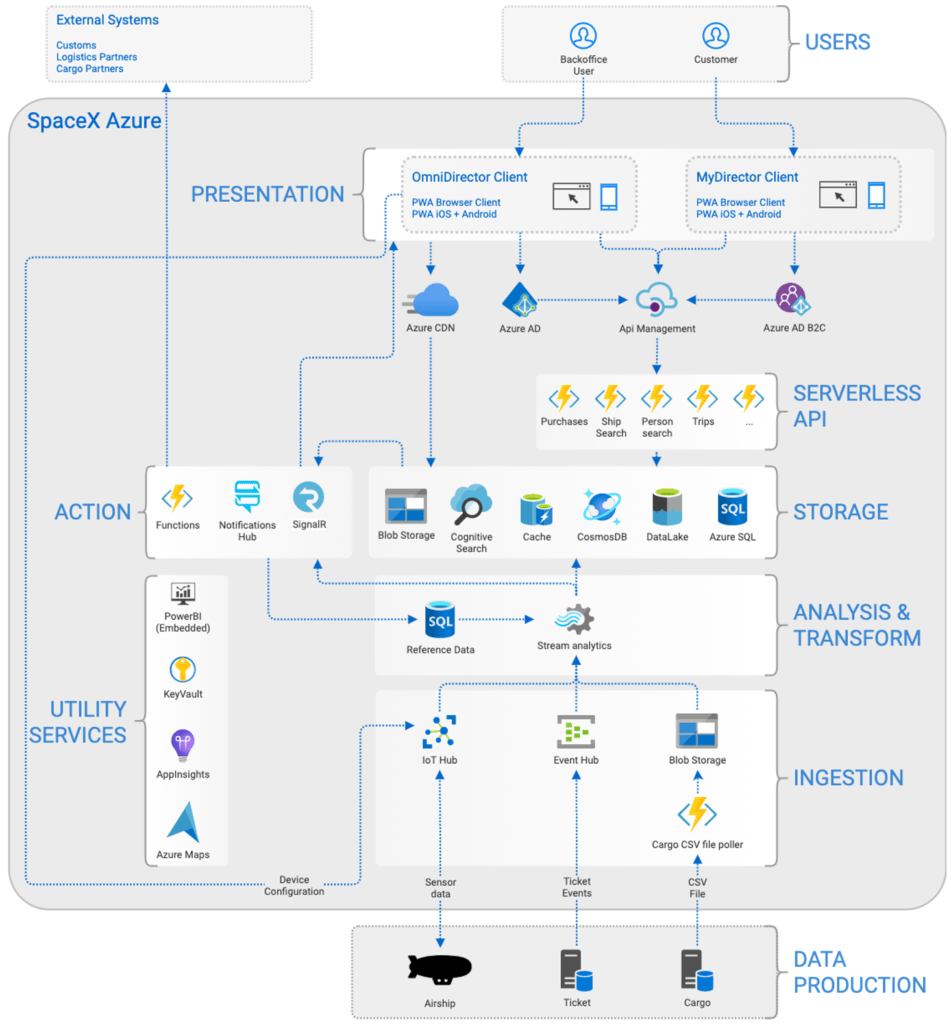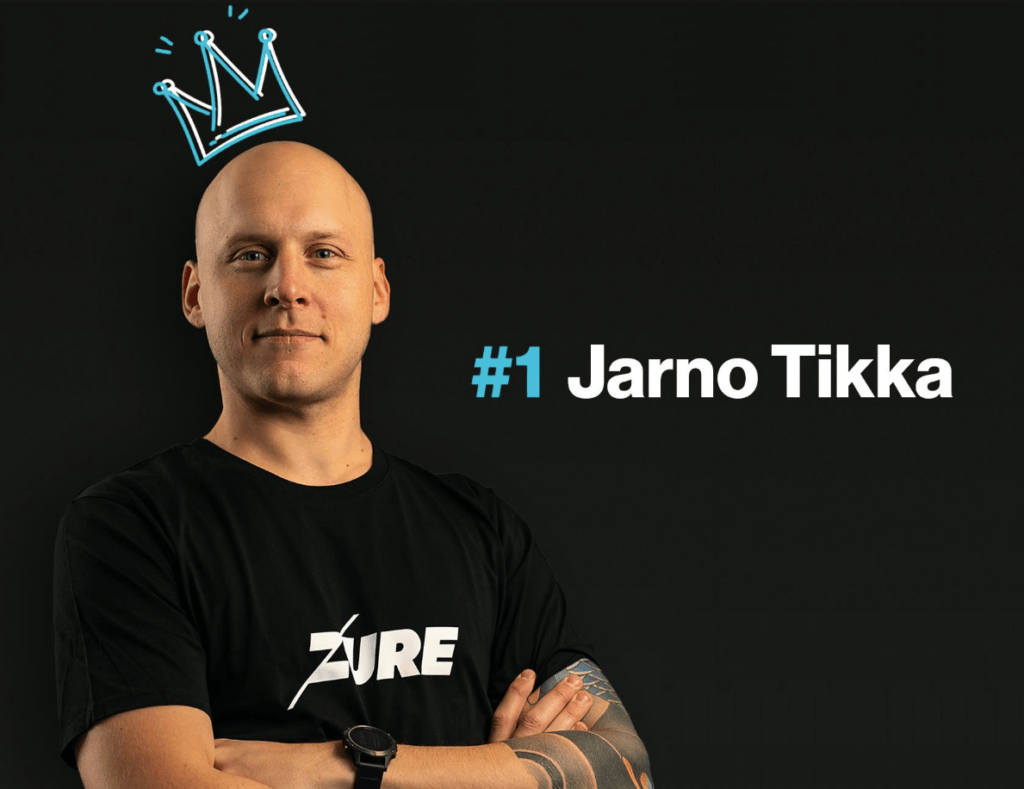- Blog
#Azure
How to get started with Azure Platform? We got you covered!
- 08/10/2024
Reading time 2 minutes

We at Zure want to challenge ourselves and learn new stuff. We have guilds, training, Minicodes… just to name a few. Two years back our CEO Sakke got the idea of a (hopefully) fun but challenging simulation to learn about architectural planning. That’s how the architect exams started, and last week we got results from the second yearly exam. But what’s the exam like and what do our developers think of it?
“It’s important to understand that this is NOT an architectural exam”, emphasizes Sakke. “Architectural understanding is one, major skill – vital when working as a developer at Zure. However, if you do not have the skills to present your perfect architecture, the solution suffers. We want our developers to learn the art of making tech understandable to everyone.”
The exam simulates a real(ish) customer situation with a tight schedule. The deal is that the customer (Sakke) gives a 10 minute brief on the problem. Then there is 2h50min for everyone individually to plan, draw and write down a “solid” architectural plan, and deliver it via email.
The test is not mandatory but it has been very popular – this year 30 of our developers took it. It’s a different kind of learning experience and a good way of identifying areas to improve.
But naturally everyone at Zure is only interested in one thing: who’s the best this year? See below to find out. 😉
This year’s exam was literally out of this world. It was about this fictional company who used to build space rockets, but pivoted into building blimps – the only sustainable way of transporting people and cargo! The customer’s task was to design and implement a consolidation of a myriad of different fleet management applications under a single, global solution called OmniDirector, built on Azure (d’uh).
Below you can see one of the specification requirement slides the exam takers were shown by the customer at the brief:

This year’s exam was considered quite difficult in the given timeframe.
“I wanted to take the test primarily to measure my skills – how much I have grown and what are my weak spots”, says Ville Tähkävuori, taking the test for the second time. “This year’s test scenario was really interesting, but also more challenging than the previous year – really hard to get all things done in time.”
The exam grading varies every year depending on the exam itself. Below you can see the grading areas and maximum points for this year.
The grading table shows concretely the emphasis on other aspects than just architectural skills – use cases, users, even how the plan email was sent was graded. Late reply and architectural errors were penalized, and “cool things” were given extra points. The main focus of the exam was on the following three: The Executive Summary, Architectural Diagram, and Architectural Table consisted of 70% of all points given.
Below is an example on an architectural diagram that got almost full points:

“It is of course awesome everybody learns, and I’m so proud of our crew for putting their heart into doing this kind of a silly exam, but the best part is when we together, the whole company, walk through the ideas, the learnings, the feedback, and also all the funny stuff that people write in their papers – for some moments there, being at work doesn’t feel like work at all”, Sakke says, staring thoughtfully at the horizon.
There were many who excelled, but one was above the others. So the answer is: YES, for the second year in a row, Jarno Tikka was no 1 with a score of 51,5/54.

Jarno could not identify his recipe for excellence. “My exam paper is always a disaster like 15min before returning it” he laughs. “Maybe just a combination of years of experience in similar situations combined with an unhealthy interest in details is the winning recipe.”
Eternal glory and fame for Jarno!
Even if there are no extra points for making us laugh, we do appreciate it when there are some easter eggs in the results. This year’s winner paper of the fun section is from Joni Moilanen. Thank you Joni for cheering us up! 🙂

Our newsletters contain stuff our crew is interested in: the articles we read, Azure news, Zure job opportunities, and so forth.
Please let us know what kind of content you are most interested about. Thank you!